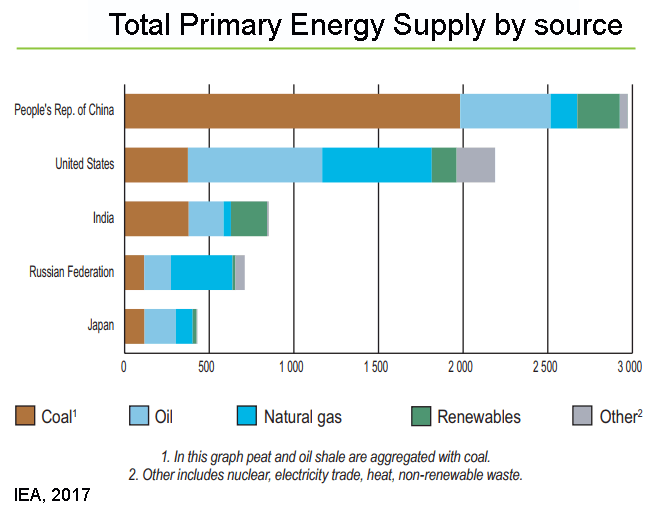The situation with our most hated energy asset
Australia’s big four banks are fighting over themselves to turn down the chance to profit from coal loans and tell the world. Months ago, Westpac went on a low-coal diet, declaring like a kind of vegan-keto-banker that they won’t consider a loan unless the coal mined has at least 6,300 kilocalories per kilogram. Presumably they will lose weight, or at least lighten up by a few shareholders. Last week our National Australia Bank announced they are waiting for the carbon capture fairy to conquer some laws of chemistry and economics before they finance coal mines again. (Though they limit themselves to spurning only new customers and “thermal coal” in a kind of have-cake-eat-half-the-cake policy.)
But while the small-fish Australian banks advertise their doogooder star status, financial institutions in Canada are putting $2.9 billion towards building new coal plants overseas. And in the last three years, Chinese banks have casually smashed $630 billion dollars into coal. (Notably, even the Chinese don’t want to put money into Adani coal in Australia, the political environment here is that bad.)
The rest of the world is definitely not watching the Australian Banks. Global coal consumption has been flat for a few years, but in a new report, the IEA predicts coal use will grow again ’til 2022, at least in a subdued way. This appears to be singlehandedly due to Narenda Modi, who announced in August that the rest of India should get electricity and by next year, so 40 million households are to be connected at a cost of $2.5 billion USD.
Soak in those IEA Key Energy Statistics 2017:
…click on the above link to read the rest of the article…
